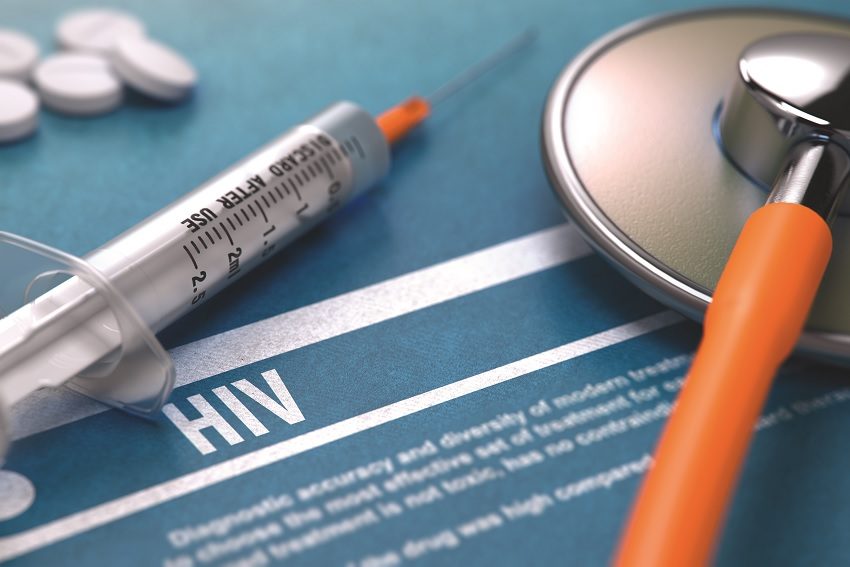From Berlin to London: two cases of HIV cured

More than a decade after the ‘Berlin patient’, a second person has been cured of HIV. Is an effective cure closer than we think?
Some 35 million lives have been lost over the course of the long and devastating history of human immunodeficiency virus (HIV). Until recently, there was only one documented case of the virus being cured. On 5 March 2019, research was published in Nature documenting a second instance of treating HIV, which had kept the virus in remission for 18- plus months.
Human immunodeficiency virus was first recognised as an emerging health crisis in 1981, although some of the earliest documented cases were from the 1950s. It is believed to have originated from non-human primates in Africa. The virus spreads when the bodily fluids of an infected person, e.g. blood, semen, rectal fluid, vaginal fluid or breast milk, enter the bloodstream of a non-infected person, usually via mucous membrane (like in the rectum, vagina, penis or mouth), but potentially also via damaged tissue or direct injection using a needle or syringe. Once in the bloodstream, the virus enters and destroys CD4 cells, a type of white blood cell critical to immune function. HIV then uses the machinery of these cells to reproduce and spread through the body. Over time and without antiretroviral treatment (more on this shortly), this can lead to acquired immune deficiency syndrome (AIDS) which means the immune system is essentially wiped out, and the individual is left vulnerable to life-threatening infections and illnesses.
In 2008, the first patient ever was reported to be cured of HIV. Known at the time as the ‘Berlin patient’ to protect his anonymity, Timothy Ray Brown was diagnosed with HIV in 1995. He was successfully treated with antiretroviral medications for the next 10 years. Antiretroviral medications are (still) the first-line treatment for those infected with HIV. It keeps the level of the virus in the blood so low as to prevent passing it on and allows the maintenance of the immune system. In 2005, and totally unrelated to the HIV diagnosis, Brown was diagnosed with acute myeloid leukaemia (AML). After unsuccessful chemotherapy treatment in 2006, Brown underwent two bone-marrow transplants in 2007 and 2008. His oncologist, Dr Gero Hütter, used cells from a donor with a relatively rare genetic mutation called the CCR5 delta-32 deletion.
The CCR5 gene encodes the CCR5 protein, which sits on the surface of CD4 cells (the cells that are hijacked by HIV). This protein acts like a portal into the cell for HIV, allowing the virus to enter and destroy the cell. The CCR5 delta-32 mutation deletes a portion of the CCR5 gene and essentially closes the portal into the cell. This means that HIV can’t enter and destroy the immune cell and can’t reproduce. The result is HIV resistance. Theoretically, when the bone marrow from a donor with HIV resistance is transplanted into an individual without HIV resistance, the donor transplant creates a new immune system, in this case one that is immune to HIV.
Brown’s treatment was aggressive, traumatic, and successful. Over a decade later he is still free from signs of HIV in his blood, and AML. With the publication of this most recent research, the procedure that ‘cured’ Brown has been duplicated with the same result. The London patient, whose identity is currently withheld, was being treated for Hodgkin’s lymphoma and had a previous diagnosis of HIV. Like Brown, the London patient received a bone-marrow transplant from a donor with the CCR5 mutation. The London patient is currently 18-months HIV-free, and only the second patient since Brown to remain free of HIV for more than a year after stopping antiretroviral medication.
Given the risks and side effects, bone-marrow transplant is unlikely to be a viable option for general HIV treatment in the absence of cancer, particularly given that antiretroviral drugs are so effective that people diagnosed with HIV can now live normal lives, including having relationships and families. Regardless, these findings renew hope that an effective cure is possible, and perhaps closer than we think. Surely welcome news for the estimated 43.9 million people living with HIV at the end of 2017.
Dr Jessica L Paterson
Senior Research Fellow, CQUniversity Appleton Institute
Header image:
Shutterstock